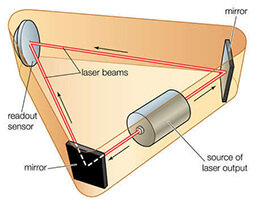-
RLG in aircraft guidance and autopilot systems and Case study
00:00
-
RLG in missile control and targeting and Case study
00:00
-
RLG in ship navigation and course correction and Case study
00:00
-
RLG in spacecraft orientation control and precision maneuvers and Case study
00:00
-
RLG in geophysical surveying and mapping and Case study
00:00
-
RLG in autonomous land, sea, and air vehicles and Case study
00:00
-
RLG in robotics and industrial automation and Case study
00:00
-
RLG in virtual and augmented reality systems and Case study
00:00
